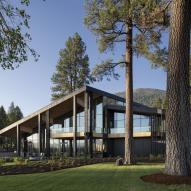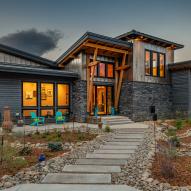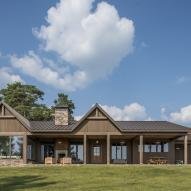21 MILLION BOARD FEET SALVAGED (AND COUNTING!)
I was watching a documentary over the weekend about plastic and waste. Among the many eye-opening pieces of information in the film, there was a discussion about recycling and how much of the material that we think is recyclable or is being recycled ends up in the waste stream, or worse – in our natural environment. I consider myself to be pretty educated about these kinds of things, but it really made me consider the waste I make that doesn’t go away. As I was watching images of plastic scraps swirling in the Pacific Ocean, it got me thinking about what we do here every day and the fact that I can see exactly what happens to the wood products that we reclaim. It all starts at the very beginning of our process: when we reclaim material from an old barn or industrial demolition site it instantly prevents a large volume of wood from heading to the landfill.
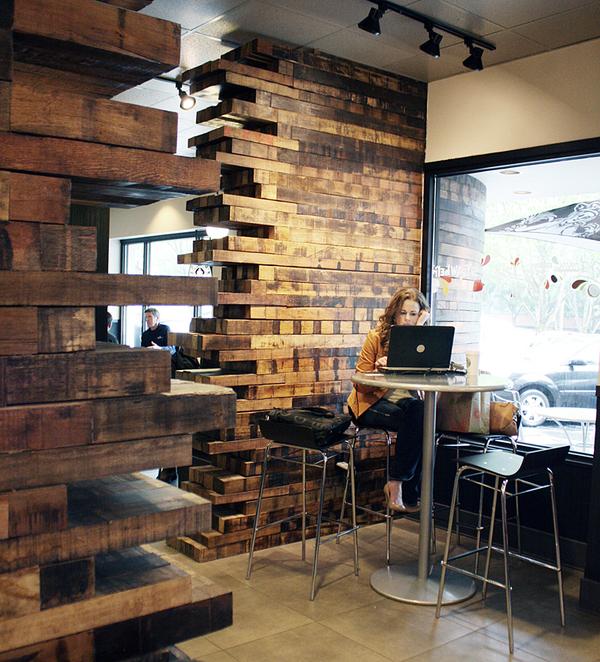
The character in our reclaimed wood floors and other products is not only part of their beauty, but it also allows us to maximize our use and minimize our waste. Our wide plank floors come from large agricultural and industrial timbers, the mid-sized planks come from smaller items, or those pieces with damaged edges that can’t be saved. Our rustic flooring grades make use of the original faces and saw marks that history has provided, celebrating this patina rather than throwing it away.
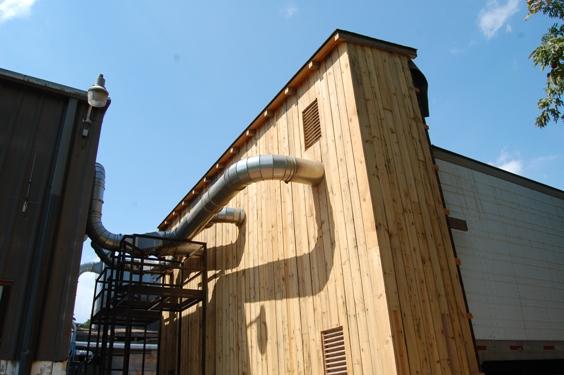
And with the waste – the broken ends, the boards with knotholes that are too big to salvage or the dry-rot we find when we cut in to something – we fire our clean burning, high efficiency boilers, we power the kiln that dries our wood and we heat our offices. The sawdust and small scraps are ground down and sent to become the compressed pellets used in pellet stoves. Even the metal scraps our de-nailers remove from every piece of wood are recycled.
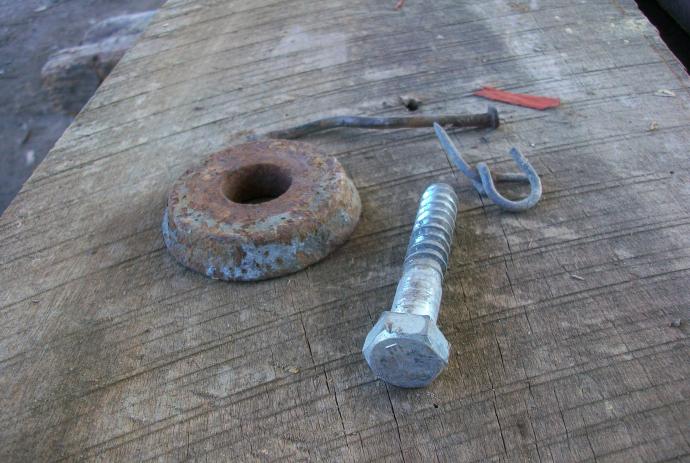
So while I slowly work to try to minimize my own dependence on the disposable, I’m thrilled to look around every day and know that we are taking care to account for the waste that we generate and ensuring that we’re not contributing to a landfill or litter.
We’re pretty proud of it- 21 Million board feet (and counting)!


